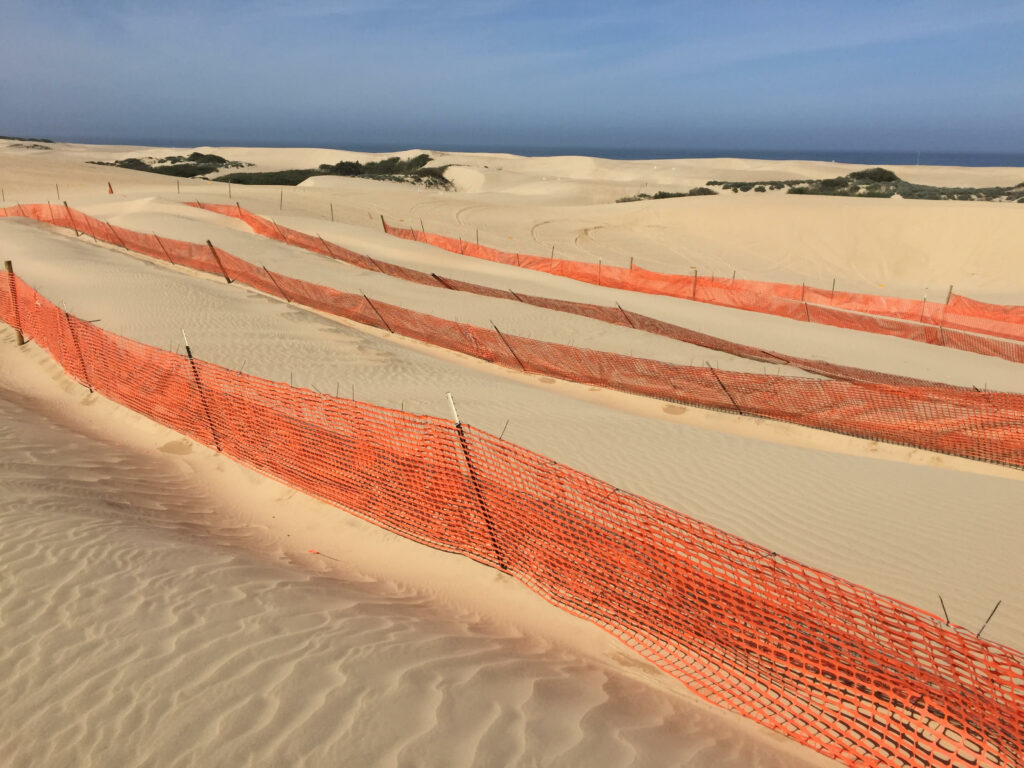State commission looking into the origin of dust on the Nipomo Mesa
December 8, 2021

By CCN STAFF
At a special meeting on Thursday, a scientist with the Scripps Institute of Oceanography will explain her investigation and findings into the origin and composition of airborne particulate matter (PM10) collected on the Nipomo Mesa.
Since 2007, the San Luis Obispo County Air Pollution Control District (APCD) has consistently maintained that high PM10 concentrations detected during high wind days on the Nipomo Mesa were comprised of windblown mineral dust from the Oceano Dunes.
However, the APCD did not test the PM10 for mineral dust until 2020, after Scripps had done so, according to the commission’s website. That APCD data has not been made public.
In her report, atmospheric chemist Dr. Lynn Russell discovered that during the windiest days of the year, when the winds are blowing from the west and PM10 readings on the Nipomo Mesa are high, the amount of mineral dust in the PM10 is on average 14% and not the 100% the APCD claims.
“The primary purpose of this investigation, which is part of a larger three-year study, is to quantify that portion of measured PM that consists of mineral dust,” Russell says in her report. “Mineral dust is generated from the windblown sand dune building process called saltation, and so quantifying the mineral dust portion of PM at the (APCD air quality monitoring station on the Nipomo Mesa) provides a conservative measure of that portion of PM on the Mesa that could possibly be from the Oceano Dunes State Vehicle Recreation Area (SVRA). The mineral dust measure is conservative because saltation occurs in the dunes inside and outside the SVRA, and mineral dust is also derived from agricultural operations and vehicles driving on dirt roads—activities that occur in the region that lies between the SVRA and the Mesa.”
Though the APCD’s 2020 testing for mineral dust in PM10 has not been made public, Russell was able to review the analytical results from that testing. Russell found APCD’s 2020 testing supported the findings of her investigation.
Watch the commission meeting at 9 a.m on Thursday at Cal-Span. Find information on how to participate here.






The comments below represent the opinion of the writer and do not represent the views or policies of CalCoastNews.com. Please address the Policies, events and arguments, not the person. Constructive debate is good; mockery, taunting, and name calling is not. Comment Guidelines